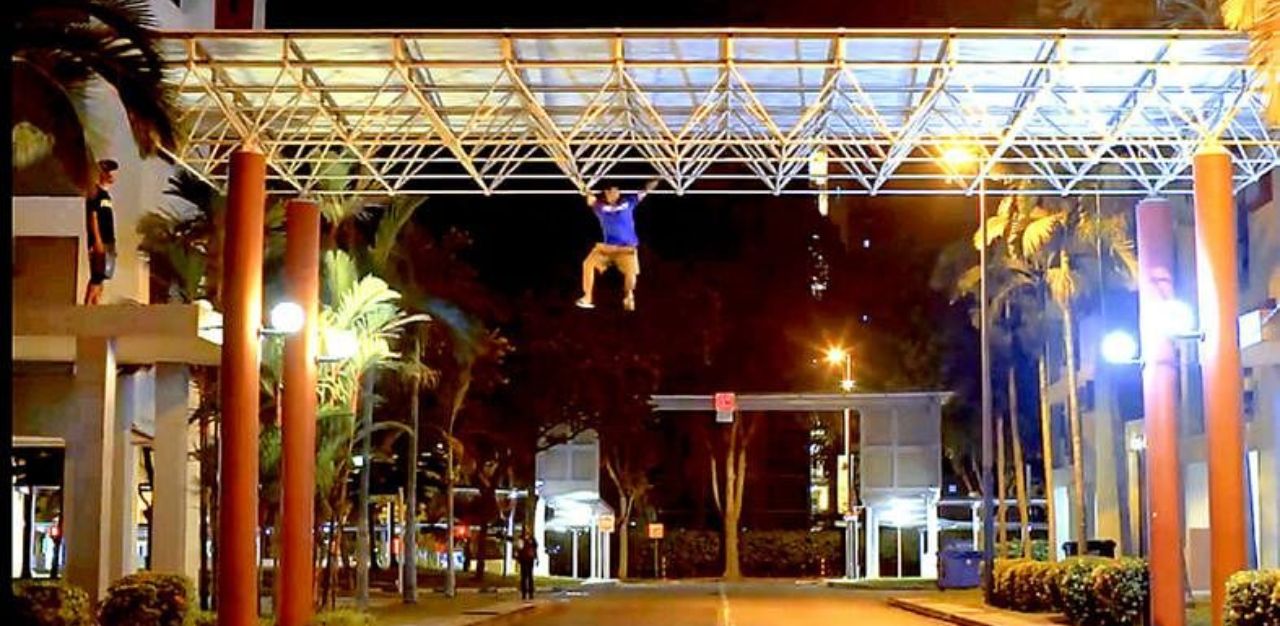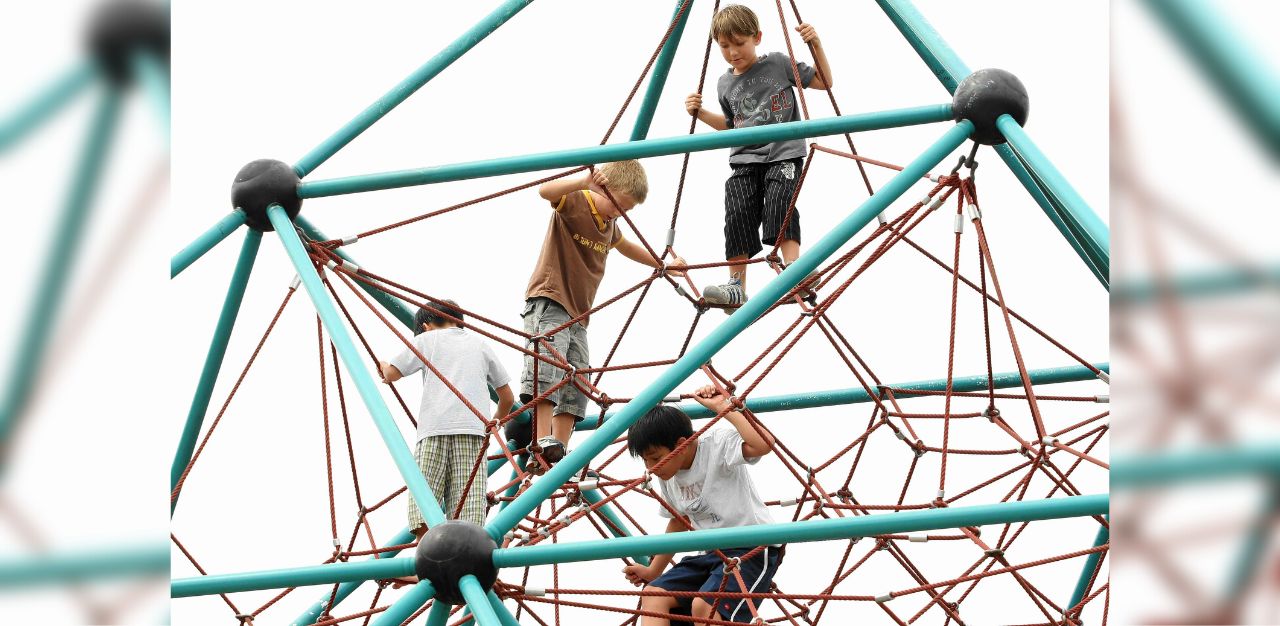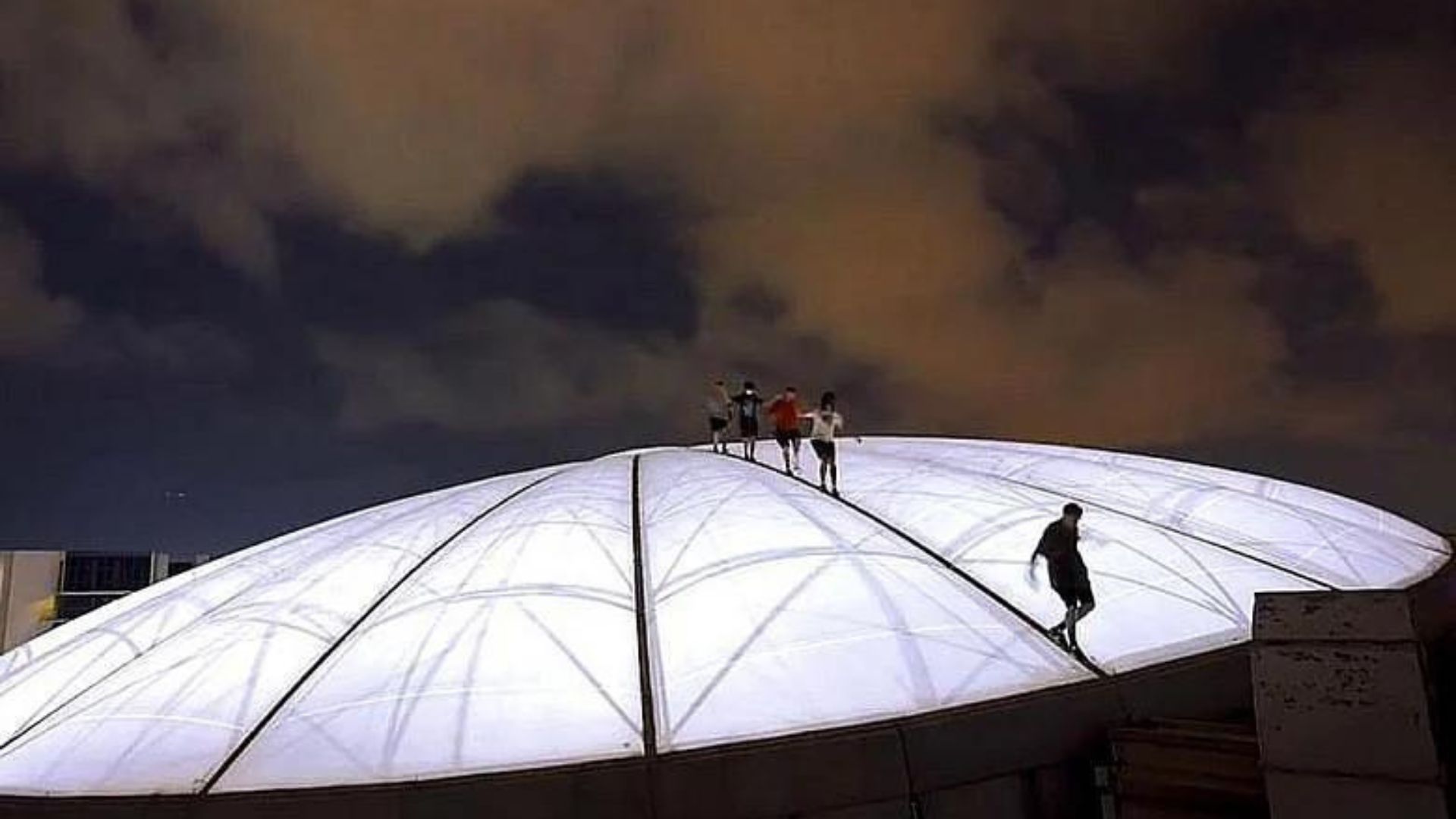Kids will be kids, as the adage goes — and they are indeed.
But as recent news reports and videos circulated online, some of them, like these pupils from Yumin and Junyuan primary schools running atop a sheltered walkway in Tampines, test their safety limits. The children were said to have climbed onto the structure to retrieve a ball stuck in a nearby tree.
Concerned for the safety of the children, netizens took to their keyboards and condemned their risky behaviour, endangering themselves and others should they fall. Some netizens even went as far as blaming the parents for not educating the children on the dangers.
Mr Jasper Gan, father of two of the children involved, lodged a police report to have the videos removed, citing that his kids were badly affected by the comments online.
But these kids are not the first to have put themselves in harm’s way.
In 2017, a group of parkour enthusiasts performed stunts such as scaling the glass dome roof of Eastpoint Mall in Simei and walking on top of the railings on a Pan-Island Expressway (PIE) flyover before uploading a video of their stunts on Facebook and YouTube.
A spokesman for the mall told The New Paper then that the roof area is not designed for any activities, and it is strictly out of bounds to the public.
In that same year, two students were spotted running atop a sheltered walkway playing catch.
While it is unfortunate that a young person’s rash act while playing resulted in a clip having gone viral and a slew of abusive remarks online, it does underscore the need to draw a line between safety and play.
Running, jumping and climbing into danger

It was also in 2017 that Jonathan Chow fell from a fourth storey linkway to his death at Orchard Central mall.
The 17-year-old was believed to be trying to retrieve his smart phone he dropped onto the ledge, which was decorative and non-load bearing. Mr Chow vaulted over a 1.2m railing to reach his phone and fell to his death. The incident was ruled a tragic misadventure.
In The Straits Times article, Associate Professor Chui Yoon Ping, and architect Zahidi Abdul Rahman disagreed on what appropriate safety measures should have been taken. Professor Chui said the design of the ledge could be modified to caution people away from it while Mr Zahidi said the 1.2m railing had sufficient warning.
The Building and Construction Authority (BCA) also commented that building features such as ledges are not load-bearing and not considered structural elements, thus they are not regulated.
Construction manager Alex Chua says when structures such as sheltered walkways are designed and constructed, preventive measures like warning signage are the second layer to the safety design. The first layer should be the understanding that certain structures are not meant to be used in specific ways.
Mr Chua adds that amendments to make such public infrastructure less prone to misuse usually come as an afterthought because it has to cater to particular instances of misuse.
Child’s play
“In the Singapore context, deterrence measures are still fundamental in dealing with safety issues, as the vast majority of the population are safety conscious,” says safety expert Yau Mun Loong, who used to work in a safety consultancy for more than 10 years for several multinational companies.
While public infrastructure assumes a personal responsibility from the users, there is a vast range of usage behaviour which makes it hard for safety design to accommodate. They include thrill-seekers and children who perceive danger differently.
Mr Yau says that funding more preventive measures only makes it more difficult for people to get into trouble. Yet, he notes that it has a negative effect in the long run. “The more difficult it is, the more exciting it will be for thrill seekers,” he adds.

“From a safety expert point of view, the most effective solution has to start from asking why people seek to endanger themselves. In other words, what leads to such behaviour?” he says.
A physical education teacher who does not wish to be identified, says that in a controlled environment such as schools, safety is of utmost importance. However, leeway is given for risk to be introduced in physical activities for students to learn.
The teacher says most accidents occur when the students “get cocky” and overconfident in their abilities which cause them to judge situations differently.
According to the Australian parenting website, it is natural for teens to want new experiences because they need to explore their own limits and abilities, as well as the boundaries adults set. Some even love the rush of thrills, risks and adventure.
Teenagers are also more likely than adults to make quick decisions without thinking through the consequences. This is because the parts of the teenage brain that handle planning and impulse control are not completely mature until about age 25.
This is enforced in a 2014 article in Psychology Today, where psychologist and author Dr Carl E. Pickhardt said adolescents can’t grow without taking risks and exposing themselves to harm.
Perhaps in the case of the Tampines rooftop kids, their risky behaviour was motivated by retrieving their ball and the process was not fully thought through. Until something drastic happens and rules change, sometimes we just have to let kids be just that – kids.
RELATED: Safety in action, not words; workers’ lives paramount in transport debate: Panel
Join the conversations on TheHomeGround Asia’s Facebook and Instagram, and get the latest updates via Telegram.




























